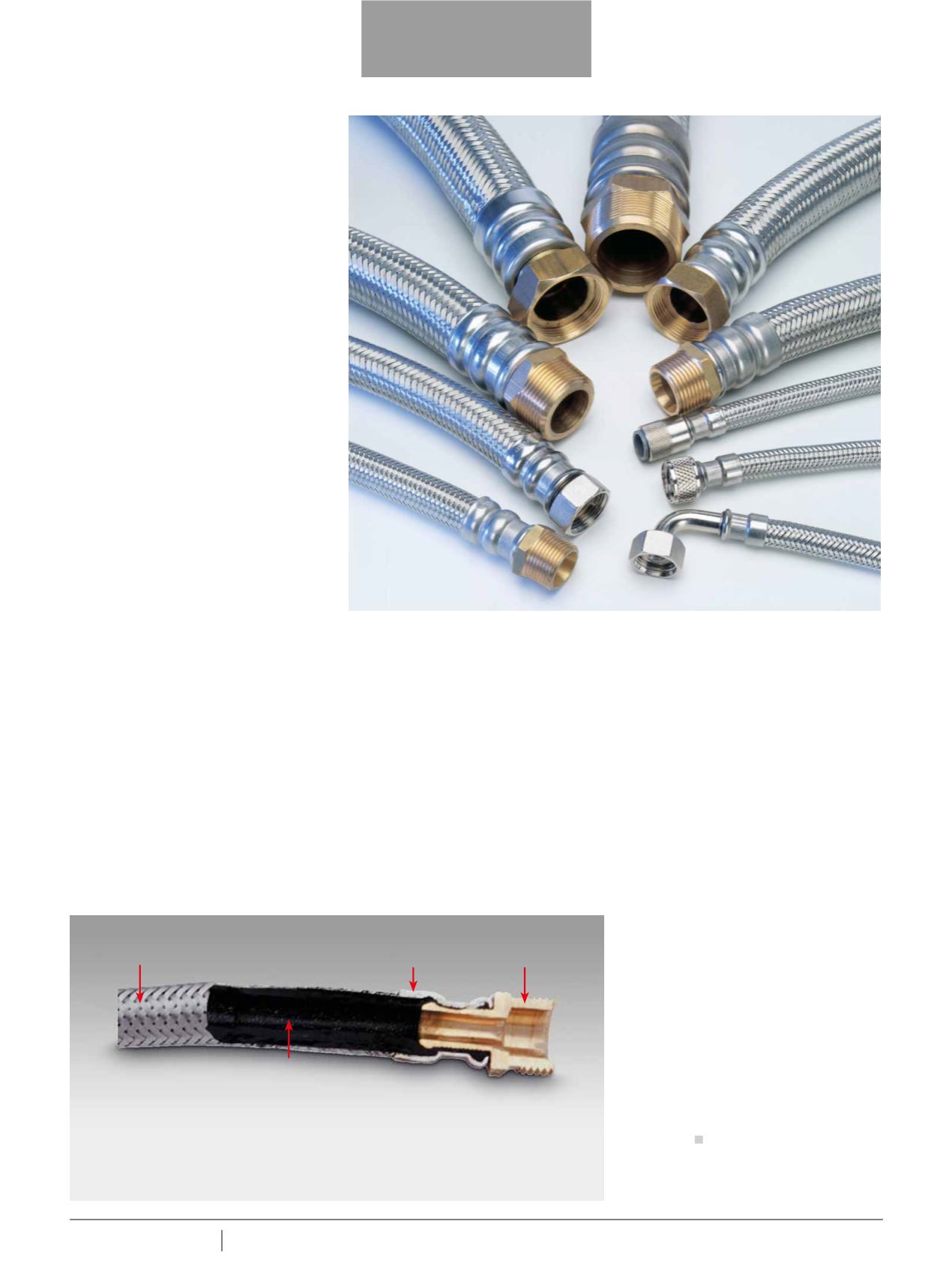

1 8
PLUMBING CONNECTION Winter 2022
How many non-compliant Flexi Hoses
have been recalled from the market,
or penalty notices imposed against
manufacturers?
“None that I’m aware of,” Michael says.
CERTIFICATION AND ENFORCEMENT
As pointed out in this magazine’s
Winter 2021 cover story, WaterMark
certification requires applicants to
prove that their products comply with
a range of standards, as endorsed by
an approved WaterMark Conformity
Assessment Body (WMCAB). There
are 10 WMCABs around the world,
which are meant to provide rock-solid
scientific assurance of the compliance
of all products bearing their stamp of
approval. Post-WaterMark approval,
it is up to plumbers – not retailers or
wholesalers – to monitor the correct
use and compliance of WaterMarked
products.
Somewhere between WaterMark
certification and product installation,
the system is evidently breaking down.
“If it’s a level playing field, I don’t
have a problem,” Michael says. “But it’s
not. The Australian Competition and
Consumer Commission (ACCC) is largely
ineffective – you go down the track of
proving at great expense that another
company’s product doesn’t comply, and
what happens to them? Nothing.”
Michael believes that a more
transparent, locally accountable
WaterMark certification process would
help solve many problems.
“There are some great certifiers
within Australia. For example, we
started business in 1986 and we’ve
been with SAI Global since day one.
Our license number is 105. If you look
at WaterMark license numbers now,
they are in the 33,000–34,000 range.
Now there are certifiers that operate
offshore as well.”
WaterMarked products that fail to live
up to their certification are only part of
the problem, Michael concedes.
Other issues relate to:
1. the importation of larger devices
such as sink and basin mixers, with
pre-fitted Flexi Hose attachments of
questionable quality.
2. handymen and DIYers tightening
connections above recommended
tolerances.
3. the lack of local manufacturing,
which hampers the direct scrutiny of
products and supply chains.
As Michael says with understandable
exasperation, the great tragedy of
non-compliant Flexi Hose products
used in Australia and New Zealand,
aside from the resultant property
damage and risks to human health,
is the utter needlessness of cutting
corners. Michael estimates that a
typical household could be fitted with
high-quality Flexi Hoses for about $20
more than the cost of using inferior
products.
COVER STORY
FLEXI HOSES
High-performance Flexi Hoses must adhere to strict quality standards relating to
inner tubes, metal sleeves and connectors. (Image courtesy Aquaknect.)
Footnotes:
1. ABC Radio Brisbane, 2 December 2021.
1: Inner tube made from EPDM rubber, PEX or PVC depending on the application.
2: 304 grade stainless steel wire which is less prone to fatigue.
3: End fittings made from DR brass and some are available in nickel plate.
4: Crimping ferrules made from 304 stainless steel.
1
2
4
3
Premium Flexi Hose in profile. (Image courtesy Aquaknect.)
















